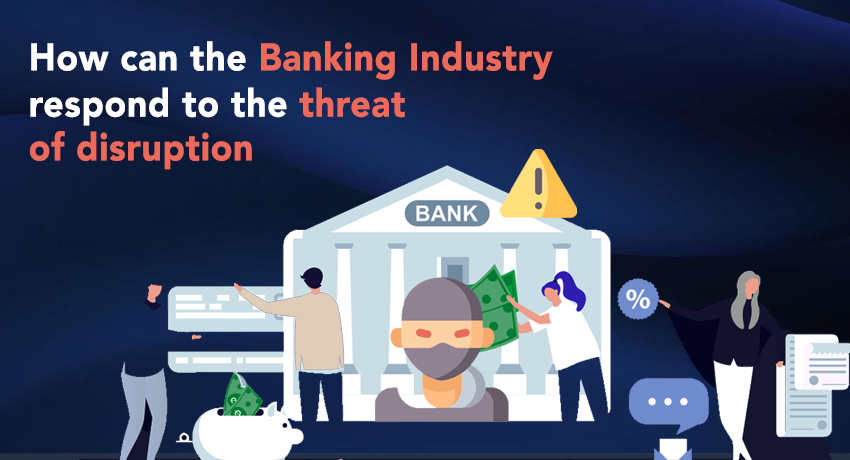The concept of credit cards emerged in the 1950s and thus began the phenomenon of competitive financial services and innovative banking. Thereafter, with the initiation of internet banking in the 1990s and digitized payment technology recently, the financial ecosystem has undergone a massive change. Until recently, traditional banks ruled the financial ecosystem but with the introduction and fast adaptation of Fintechs, the financial arena is undergoing a disruption; a disruption for superior services and better CX.
How is the disruption taking place?
Regulatory and policy shifts in the financial ecosystem have paved the way for transparency and scope for collaboration between age-old banks and upstarts. It has offered an opportunity for players with innovative technology to join forces and introduce customer-centric services and solidify their legitimacy.
The said collaboration and therefore change in policies have forced traditional banks to share customer data who authorize it with third parties. This has given rise to open banking systems and the use of open APIs thereby allowing third-party developers to build applications and services that are institution-centric.
These changes have given rise to the concept of Banking as a Service; a concept widely being adopted by organizations.
Banking as a Service
A plug-and-play, on-demand financial service; Banking as a Service allows traditional businesses to offer payment gateways on their platform without building entire applications in-house.
Just like the concept of Dropbox that enables individuals to purchase space and store data on the cloud instead of investing in hardware, Banking as a service, a seemingly simple model has revolutionized how banking is performed today.
Banking as a service has proven to be a cost-saving and an increased source of revenue for banks who prefer to work through a model that allows them to charge a fee per API transaction, i.e., 43% of the banks.
However, banking as a service comes with its own set of challenges which include modernizing traditional banks and reconstructing a well-defined API strategy where operational processes and business capabilities need to be exposed optimally.
Banking as a service case study
RBL recognized that cash flow is an important consideration for customers interested in purchasing a vehicle and hence, in collaboration with Bajaj Finance, RBL is leveraging Bajaj Finance’s pan-India reach and offering vehicle loans to its customers. RBL’s secure and compliant digital infrastructure provides existing customers with a sense of reliability while increasing its reach in the market for newer customers.
As the above example demonstrates, the financial capabilities of banking-as-a-service go far beyond those associated with traditional financial services products. They can create new revenue streams, lower cart abandonment rates and improve customer retention levels.
Conclusion
Banking as a service has given rise to an entire ecosystem of regulated applications that provide tailored customer services and experiences. Traditional banks should take note and keep up with the rising demand for intuitive and personalized financial services as they risk being left behind by their innovative brethren if they fail to comply with increasing customer demands.

